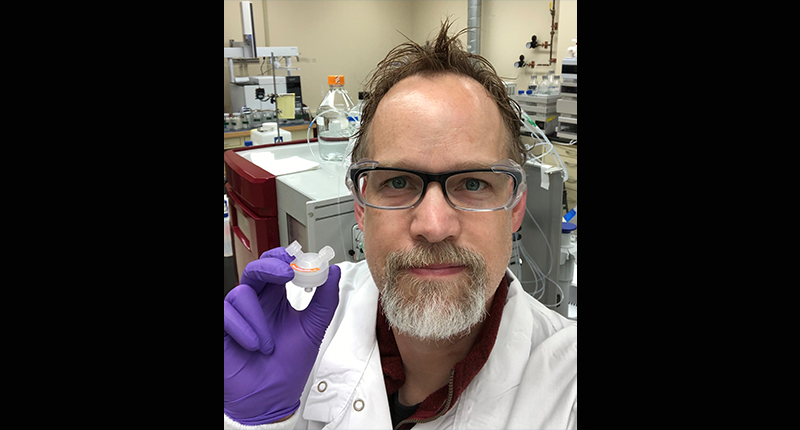
Is it possible to develop a safe vaccine in a year or in 18 months when the typical timeline for a vaccine is usually closer to five years?
As scientists rush to develop COVID-19 vaccines, safety is a top concern for people around the world. Researchers are quick to point out they are not skipping any steps to ensure the safety and effectiveness of new vaccines. Several factors contribute to the speed of development: the sheer volume of dedicated resources, the ability to combine steps and newer ways of developing vaccines and therapeutics.
Scientists are approaching a coronavirus vaccine in numerous ways, using varied techniques – some of which are tried and true; others have never been used before. One approach, the use of particles that contain pieces of viral proteins, is showing potential.
The promise of protein-based therapeutics and vaccines
For many years, vaccines have been developed using inactivated viruses. Weakened viruses, when given to a patient, stimulate an immune response in the body to protect against future infections from that virus. This approach is still effectively used for influenza, chickenpox, measles and mumps, to name a few examples. It requires scientists to grow viruses in a lab, which can take months.
In recent years, researchers have developed vaccines using purified proteins to prevent the virus from attaching to and entering into human cells. These vaccines can be developed more quickly without the inherent risks associated with the use of a live virus. Protein-based vaccines include HPV, shingles and hepatitis B.
With any vaccine or therapeutic, the process of developing a new drug requires multiple steps. Scientists continue to find new ways to shorten the timeline – which is especially important now – using newly discovered techniques and technologies.
A 3M biopharmaceutical purification expert helps explain the process
3M is helping in the fight against the pandemic from multiple angles, including working alongside biopharmaceutical companies as they develop and manufacture protein-based vaccines and therapeutics.
We talked to Jonathan Hester, Ph.D., a research scientist on 3M’s Biopharmaceutical Purification team, to get his insight on how technology is being used to develop vaccines and therapeutics.
Question: Can you explain, in simple terms, how biopharma companies are developing protein-based therapeutics and vaccinations?
Jonathan: Some of the most promising therapeutics right now are protein-based drugs, where the drug is a protein. Pharmaceutical companies make protein drugs by genetically engineering a cell – usually a mammalian cell – to make the protein.
The engineered cells are grown in a culture for 48 or 72 hours. After that time, they will have a fluid that contains the protein drug the cells have made, but it also contains the cells, debris from broken cells, and all sorts of other proteins that have been produced by the cells. Once they harvest the fluid, they have to isolate the drug protein from cell fragments, from other proteins the cells have made, and also from DNA and other contaminants. It’s typically a 15- to 20-step process to isolate the drug protein in a pure form.
Question: Why does developing new drugs typically take such a long time?
Jonathan: There are a lot of reasons that pharmaceuticals are expensive and take a long time. One is that a huge amount of research and development goes into developing and studying treatments. For every successful drug, hundreds or thousands have been tried and failed because they were either insufficiently safe or effective or too difficult to manufacture and distribute at scale.
Another reason is that a lot of time and effort go into developing the purification processes for drug candidates. To get to Phase 1 clinical trials, before you test it on humans, you have to develop a very good purification process. And the isolation process required varies by drug molecule. So you are developing and building that entire purification process even for products that fail.
Question: How does it feel to come to work and know you are helping pharmaceutical companies develop life-saving drugs?
Jonathan: When we visit our customers, we get a sense for how our purification products are a part of something that helps improve and save lives. In a lot of ways, COVID-19 helps us all understand the experiences of people threatened with life-changing diseases. In this case, every one of us is waiting for that vaccine. But there are always people in that situation – waiting and hoping for a cure or treatment – for cancers and other diseases. Knowing we are working on speeding the development of these treatments motivates everyone in our group. Our biopharmaceutical customers have really difficult problems to solve, and we can apply our 3M science to help them.
See how 3M Health Care is applying science to help fight the global pandemic.
